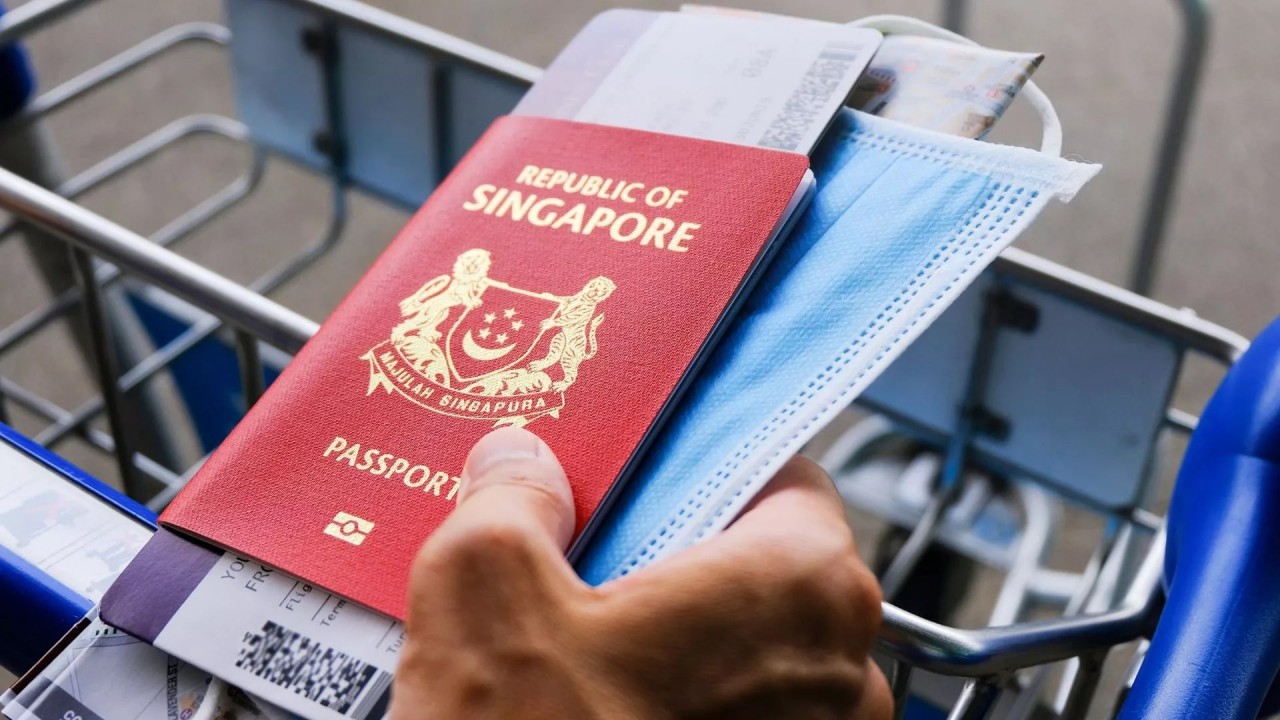The Mesmerizing Hormuz, “The Rainbow Island” Most Tourists Don’t Know
Some people may think that Iran only has forests, deserts, and mountains, but the vast land also has a group of islands in the southern part of the country in both the Persian Gulf and Oman Sea. The beautiful Hormuz Island, known as the Rainbow Island is located in the Persian Gulf. Visiting this amazing island is a must which often, unfortunately, gets left off most travel itineraries.
Hormuz Island, also spelled Hormoz, is an Iranian island in the Persian Gulf. Located in the Strait of Hormuz, 8 kilometres (5 mi) off the Iranian coast, the island is part of Hormozgan Province. Reddish ochre on the island and its beaches, called Golak by natives, has been exploited for artistic and culinary purposes and also attracts tourists. Degradation due to overuse of the ochre has resulted in actions by the Department of Environment to protect it.
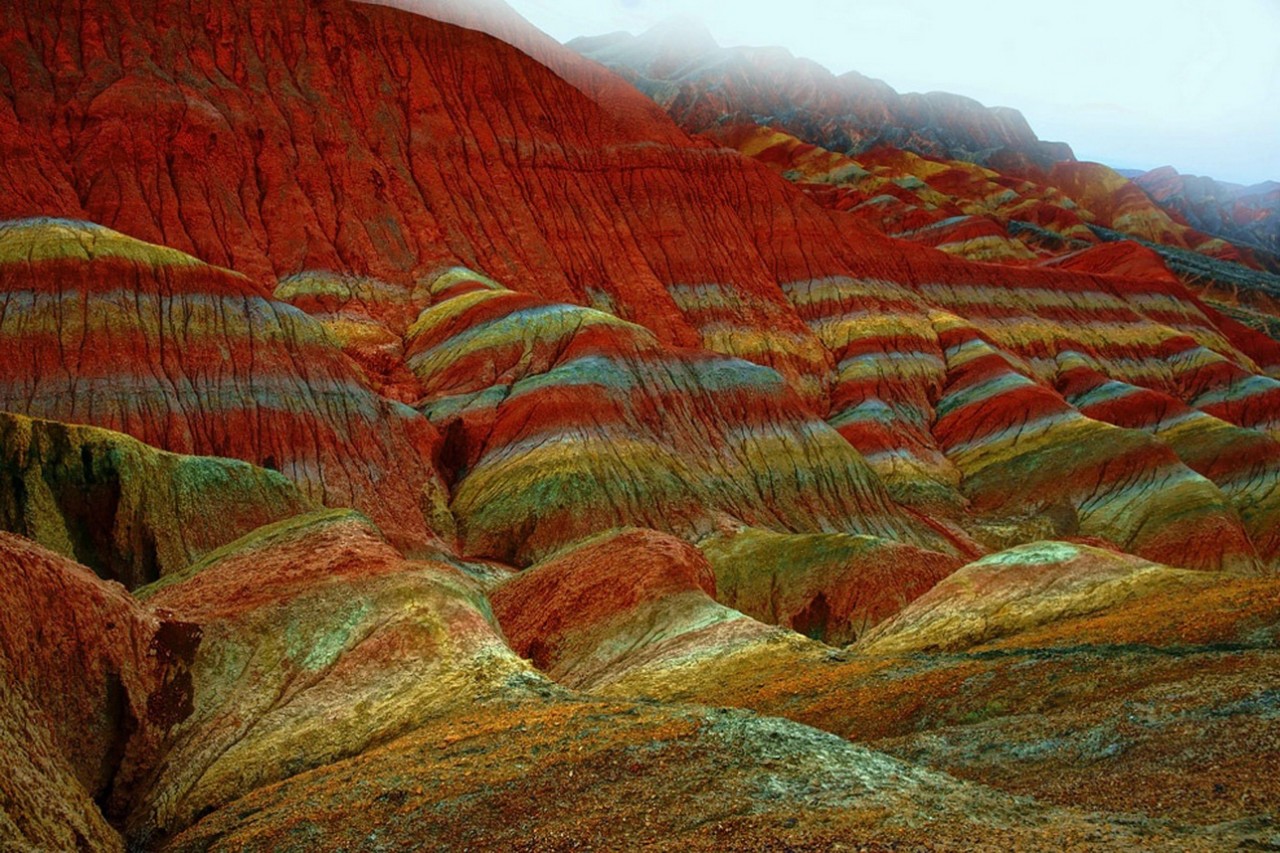 |
| Photo: Iran Paradise |
Historically an important port, Hormuz is today a calm place, home to a small village, Iranian artists, and the natural wonders created by the island’s geography, which, in addition to the ochre, includes whitewashed vistas created by the saltiness of its low elevation. Popular spots among visitors to the island include the Red Beach, Rainbow Valley, Salt Mountain, and Valley of Statues. Hormuz’s maritime history can be glimpsed by visiting a coastal Portuguese fort, and the island’s artistic energy can be seen in murals and other artwork that dot the island, as well as the museum and gallery of environmental artist Dr. Ahmad Nadaian.
Set 8km off Iran's coast amid the murky blue waters of the Persian Gulf, Hormuz is a teardrop-shaped shimmering salt dome embedded with layers of shale, clay and iron-rich volcanic rocks that glow in dazzling shades of red, yellow and orange due to the more than 70 minerals found here. Nearly every inch of Hormuz Island's 42 awe-invoking sq km imparts a story of its formation.
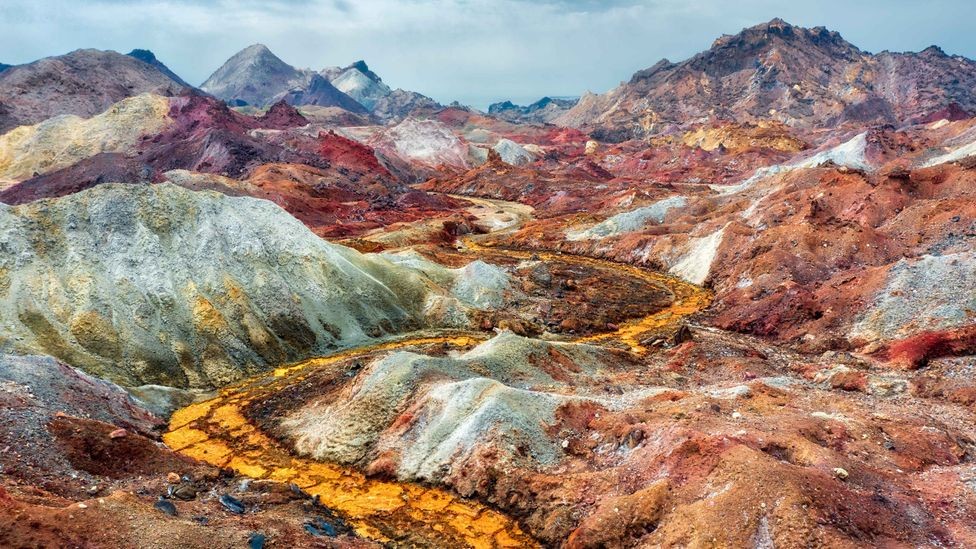 |
| Photo: BBC |
According to Dr Kathryn Goodenough, principal geologist at the British Geological Survey who has previously worked in Iran, hundreds of millions of years ago, shallow seas formed thick layers of salt around the margins of the Persian Gulf. These layers gradually collided and interlayered with mineral-rich volcanic sediment in the area, causing the formation of the colourful landmass, according to BBC.
"Over the last 500 million years, the salt layers were buried deeply by younger layers of volcanic sediment. Since the salt is buoyant, over time, it has risen through cracks in the overlying rocks to reach the surface and form salt domes," said Dr Goodenough. She added that these thick layers of salt, many kilometres below the land, are actually present across much of the Persian Gulf area.
History of Hormuz Island
The island, known as Organa (Όργανα) to the ancient Greeks and as Jarun in the Islamic period, acquired the name of "Hormuz" from the important harbour town of Hormuz (Ormus) on the mainland 60 km away, which had been a centre of a minor principality on both sides of the strait. The principality paid tribute to the Mongol-ruled Ilkhanate and was an important source of income from maritime trade. The town's ruler decided to shift his residence to the island around 1300, in order to evade attacks by Mongolian and Turkish groups from the interior. The ruler later made peace with the Ilkhans.
A new town was built on the northern tip of Jarun island which was called New Hormuz for a number of years to distinguish it from the old town on the mainland until this fell into ruins. Slowly the name of the new town came to be used for the island as well.
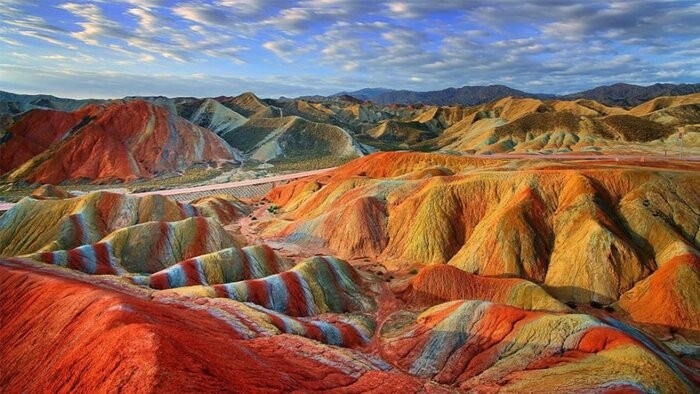 |
| Photo: Iran travel agency |
The island is arid, and during the summer months the temperature can rise to over 43 °C (109 °F). As such, it was not an ideal location for the capital of a principality as all provisions including water had to be brought from the mainland. Its location, however, gave the island a degree of security which let it grow to be a major trading port for several centuries. As its competitors suffered from intermittent destruction, Hormuz remained a reliable and relatively safe harborage.
Hormuz was visited by Marco Polo, around 1290, while traveling by land, as described in his travelogue.
Ibn Battuta also visited the island, and New Hormuz.
Portuguese Presence in the Persian Gulf and Red Sea. Green – Portuguese Possessions. Dark Green – Allied or under influence.
In 1505 King Manuel I of Portugal led Portugal to establish a policy of expansion in Africa and western Asia. During attempts to expand Portuguese influence into the Indian Ocean, the Portuguese duke Afonso de Albuquerque captured the island in 1507 and it was incorporated into the greater Portuguese Empire. The Portuguese constructed a fortress on the island to deter potential invaders, naming it the Fort of Our Lady of the Conception. The island became an emergency stopover point for Portuguese ships travelling to Goa, Gujarat and nearby Kishm. The Ottomans laid siege to the island under the admiral and cartographer Piri Reis in 1552. In 1622 the island was captured from the Portuguese by a combined Anglo-Persian force at the behest of the English East India Company.
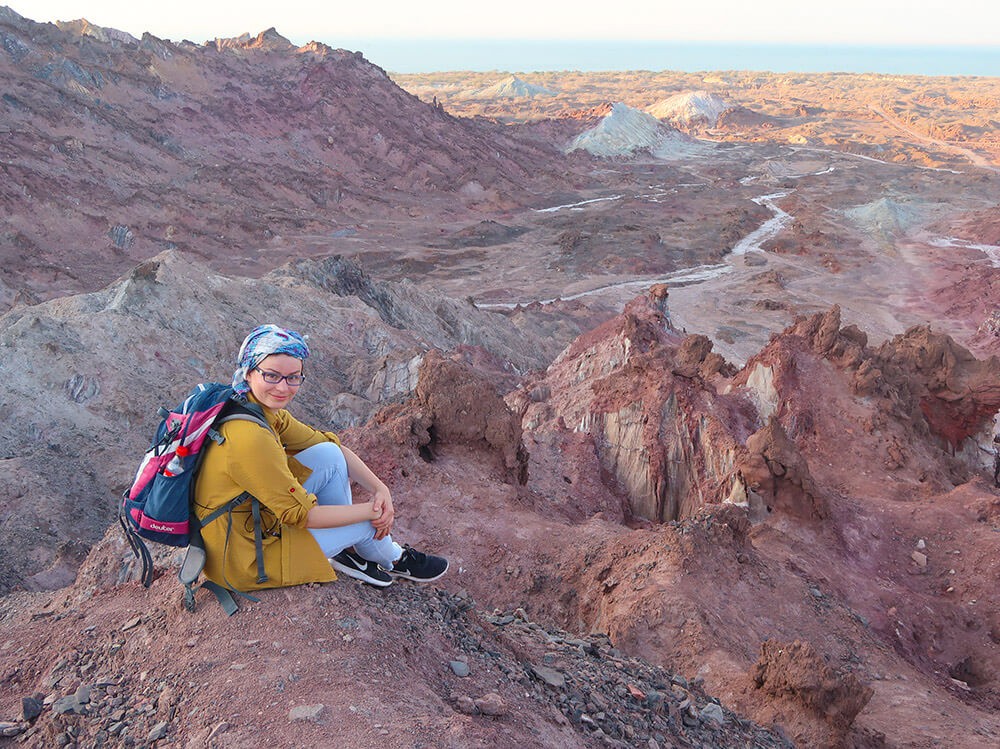 |
| Photo: The Globe Trotting Detective |
Shah Abbas I distrusted the local population and was not interested in maintaining the island as a trading centre or military post; instead he developed the nearby mainland port of Bander Abbas. Hormuz went into decline. Many of its inhabitants seasonally moved to their fields and orchards around the old Hormuz on the mainland, only fishermen being in permanent residence. The island continued to export small quantities of rock salt and lumps of iron oxide which were used as ballast stones for sailing ships.
After a period of Omani administration in the 19th century, it remained a sparsely inhabited fishermen's island before experiencing some development in the later years of the 20th century.
Best things to do on Hormuz Island, Iran
1. Red beach
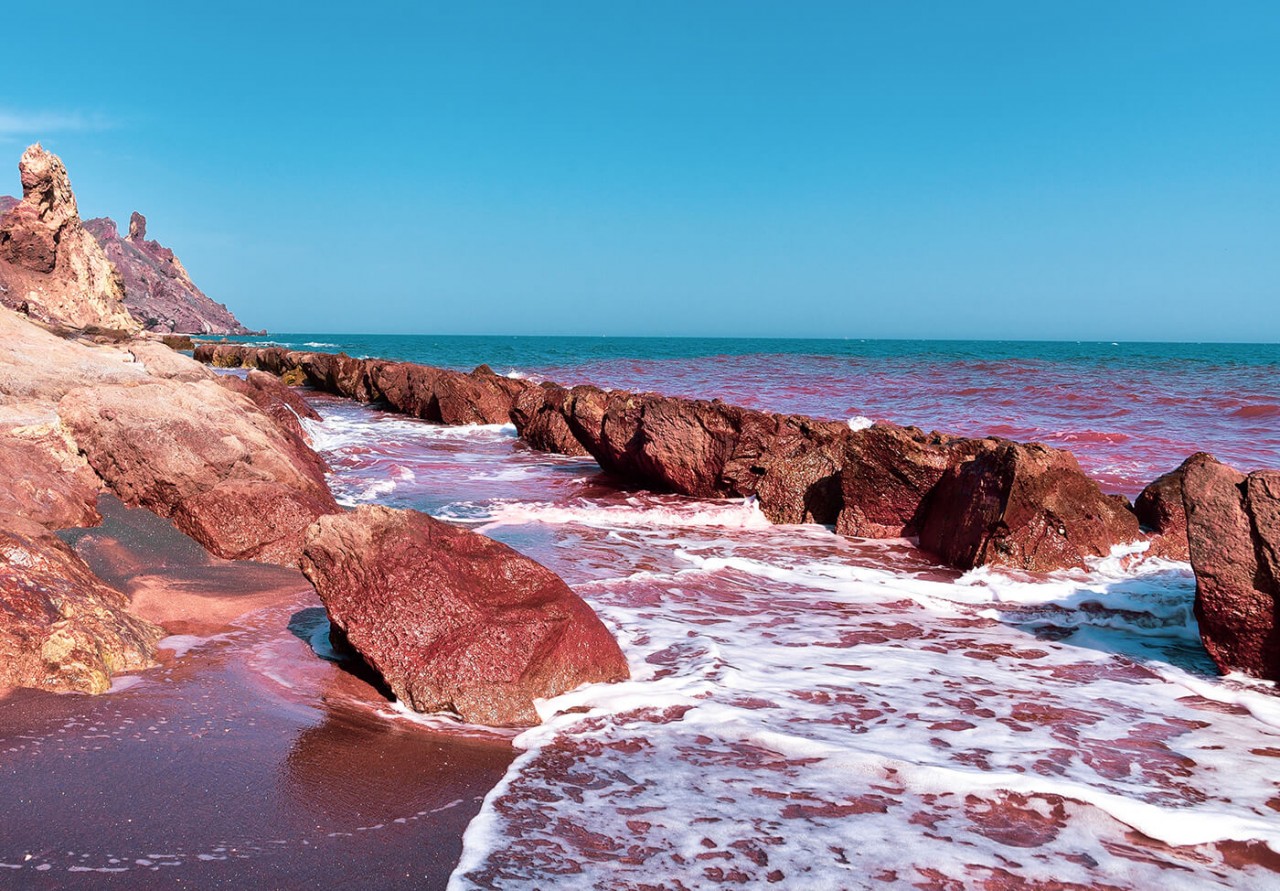 |
| Photo: My Best Place |
Hormuz, located near the southern shores of Iran, is an island facing the entrance to the Persian Gulf. It is a place of incredible beauty with characteristics unique throughout the world – most of all the gorgeous ruby-red beach. The Island of Hormuz is nicknamed "Rainbow Island" thanks to the many island colors and surrounding waters. It has become famous thanks to a video that went viral which focused on the inexplicable reddish hue of its sea. Countless people believed that an apocalyptic event was coming, believing that the beach was bathed in blood, but this was clearly based on fantasy.
The cause of the characteristic color is actually due to the presence of a high concentration of iron oxides and in fact, the darker sand causes the sea waves to take on a more intense and reddish color. Once you bathe in these waters, the color remains on your skin for days to come. The red oxide is called "gelack", a substance used for making cosmetics, fabrics and ceramics and most especially - food coloring. It is used to bake a local bread called "tomshi".
2. Statues Valley
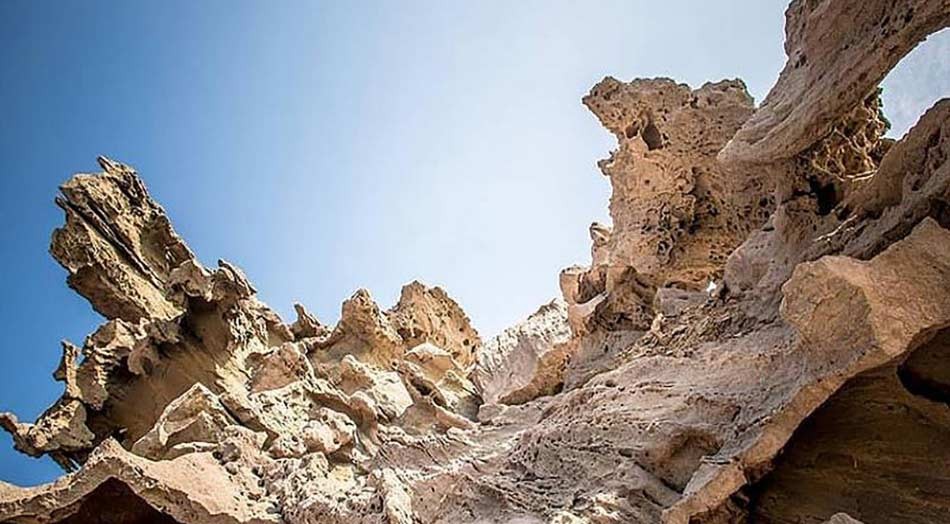 |
| Photo: IRAN Paradise |
With a few hundred meters walk to the beach, in a way that silver sands attracts attention, rocks can be seen in many different forms, each is likened to an animal, a sheep's head, poultry and many different Dragons.
The rocks show that, over thousands of years that the island of Hormuz gradually comes out of the water, the wear and tear on it makes different shapes. According to researches, geological age of the Hormuz island is about 600 million years ago and its life when coming out of the water is about 50 thousand years.
3. World’s largest soil carpet
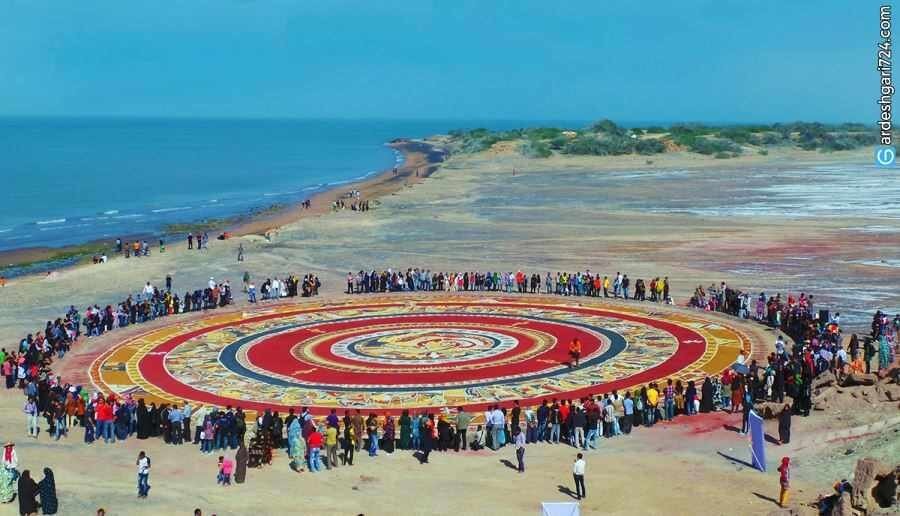 |
| Photo: Tehran Times |
Hormoz Island is famous for its colorful soil and this lead to the idea of making the world largest soil carpet under the title of "Persian Gulf". itto.org The soil carpet covering an area of 1300 square meters is made of 90 different colors of soil. Before this project, the world's largest soil carpet was made on the Canary Island and measured 900 square meters. undefined Iran's carpet soil can be regarded the world largest one and will probably make it into the Guinness Book of World Records.
The designers called the carpet ‘Damahi’ adapted from the name of a mythical fish. The enormous fish is believed to help the natives trapped in panic situations. itto.org As part of Hormuzgan province, Hormuz Island is located in the Strait of Hormuz, 5 miles off the Iranian coast.
4. Dr. Nadalian Museum and Gallery
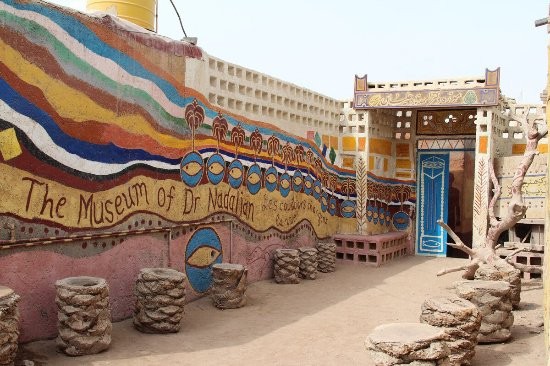 |
| Photo: TripAdvisor |
The Museum and Gallery of Dr. Ahmad Nadalian in Hormoz Island shows the works of this artist who is internationally known as one of the more active environmental artists. His environmental art projects, include the carving of rocks that can be found in more than seventy countries. In March 2009, the Paradise Art Centre on Hormoz Island in the Persian Gulf was established here. Four years later in 2012, it has become the museum of Dr.Nadalian, and its entrance was redesigned with inspiration from local architecture.
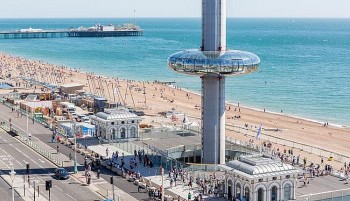 | Visit i360 – The World’s Thinnest Observation Tower Located in Brighton, East Sussex, London, i360 observation tower is the thinnest tower in the world with a diameter of under 4 meters, which makes ... |
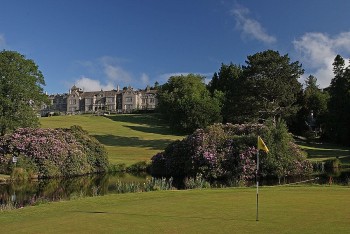 | Top 7 Best Castle Holidays in The UK Castles are a part of England's history, many of them stand the test of time and weather, and are turned into luxury hotels, offering nights ... |
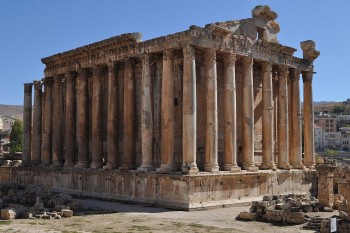 | Top 10 Largest Temples In The World Temples are places of religion and spiritualism, which carry a long, rich history and cultural beauty. Take a look at these largest temples in the ... |
Recommended
 World
World
India reports 9 Pakistani Aircraft Destroyed In Operation Sindoor Strikes
 World
World
Thailand Positions Itself As a Global Wellness Destination
 World
World
Indonesia Accelerates Procedures to Join OECD
 World
World
South Korea elects Lee Jae-myung president
Popular article
 World
World
22nd Shangri-La Dialogue: Japan, Philippines boost defence cooperation
 World
World
Pakistan NCRC report explores emerging child rights issues
 World
World
"India has right to defend herself against terror," says German Foreign Minister, endorses Op Sindoor
 World
World







